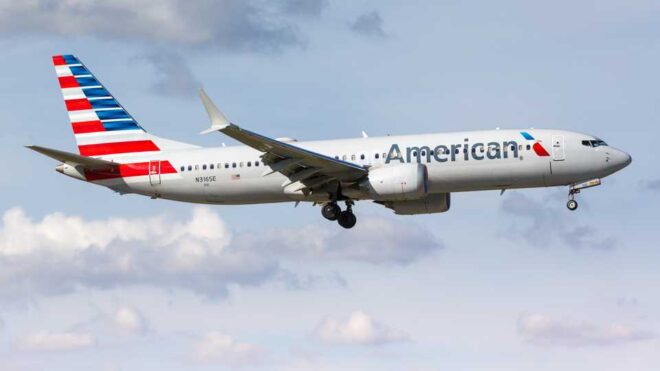
American Airlines Group Inc., one of the world’s largest airlines, has recently announced a downward revision of its full-year adjusted earnings forecast for 2024. This decision reflects the myriad challenges currently faced by the airline industry, including rising fuel costs, fluctuating demand, and ongoing economic uncertainties.
Reasons for the Forecast Adjustment
Several key factors have contributed to American Airlines’ decision to lower its earnings expectations:
1. Rising Fuel Prices: One of the primary reasons cited by American Airlines for the forecast adjustment is the significant increase in fuel prices. As a major operational expense, fluctuations in fuel costs can heavily impact an airline’s profitability. The geopolitical tensions in oil-producing regions and OPEC’s decisions on production levels have contributed to recent spikes in fuel prices, pressuring airlines’ bottom lines.
2. Labor Costs: In addition to fuel prices, American Airlines is grappling with increased labor costs. The airline industry is currently experiencing a shortage of skilled labor, leading to higher wages and more attractive compensation packages to attract and retain staff. The airline has had to negotiate new contracts with pilots and flight attendants, further escalating operational expenses.
3. Economic Uncertainty: The broader economic environment has also played a role in the revised forecast. With concerns about a potential economic slowdown, consumer spending patterns are becoming more conservative. Business travel, a crucial segment for airlines, has yet to fully recover to pre-pandemic levels as companies continue to embrace remote work and virtual meetings.
4. Capacity Constraints: American Airlines, like many others, is facing capacity constraints due to a limited number of available aircraft. Supply chain disruptions have delayed the delivery of new planes and the return of grounded aircraft to service. This has restricted the airline’s ability to expand routes and increase flight frequencies, thereby limiting revenue potential.
Financial Implications
American Airlines initially projected a robust financial recovery following the downturn caused by the COVID-19 pandemic. However, the combination of the aforementioned factors has necessitated a reassessment of these projections. The airline now anticipates lower profit margins, with full-year adjusted earnings per share expected to fall short of previous estimates.
Strategic Responses
In response to these challenges, American Airlines is implementing several strategic measures:
1. Cost Management: The airline is intensifying efforts to manage costs effectively without compromising service quality. This includes optimizing fuel efficiency, renegotiating supplier contracts, and exploring innovative ways to reduce operational expenses.
2. Network Optimization: American Airlines is focusing on optimizing its route network to maximize profitability. This involves adjusting flight frequencies, prioritizing high-demand routes, and leveraging partnerships and alliances to expand its global reach.
3. Customer Experience Enhancements: To attract and retain passengers, American Airlines is investing in improving the customer experience. This includes upgrading in-flight services, enhancing loyalty programs, and implementing technology-driven solutions to streamline the travel process.
4. Sustainability Initiatives: Recognizing the growing importance of environmental responsibility, American Airlines is committed to advancing its sustainability initiatives. The airline is exploring the use of sustainable aviation fuels, investing in more fuel-efficient aircraft, and aiming to reduce its overall carbon footprint.
Industry Outlook
The airline industry, as a whole, is navigating a complex landscape marked by both challenges and opportunities. While short-term headwinds persist, there is optimism about the long-term prospects for recovery and growth. The ongoing development of new technologies, the gradual return of international travel, and evolving consumer preferences are expected to shape the future of air travel.
Conclusion
American Airlines’ decision to cut its full-year adjusted earnings forecast underscores the volatile nature of the airline industry. While the airline faces immediate challenges, its strategic initiatives are aimed at positioning it for sustainable growth in the years to come. As American Airlines adapts to the changing environment, its focus remains on delivering value to shareholders, enhancing the customer experience, and maintaining its position as a leader in the global aviation market.